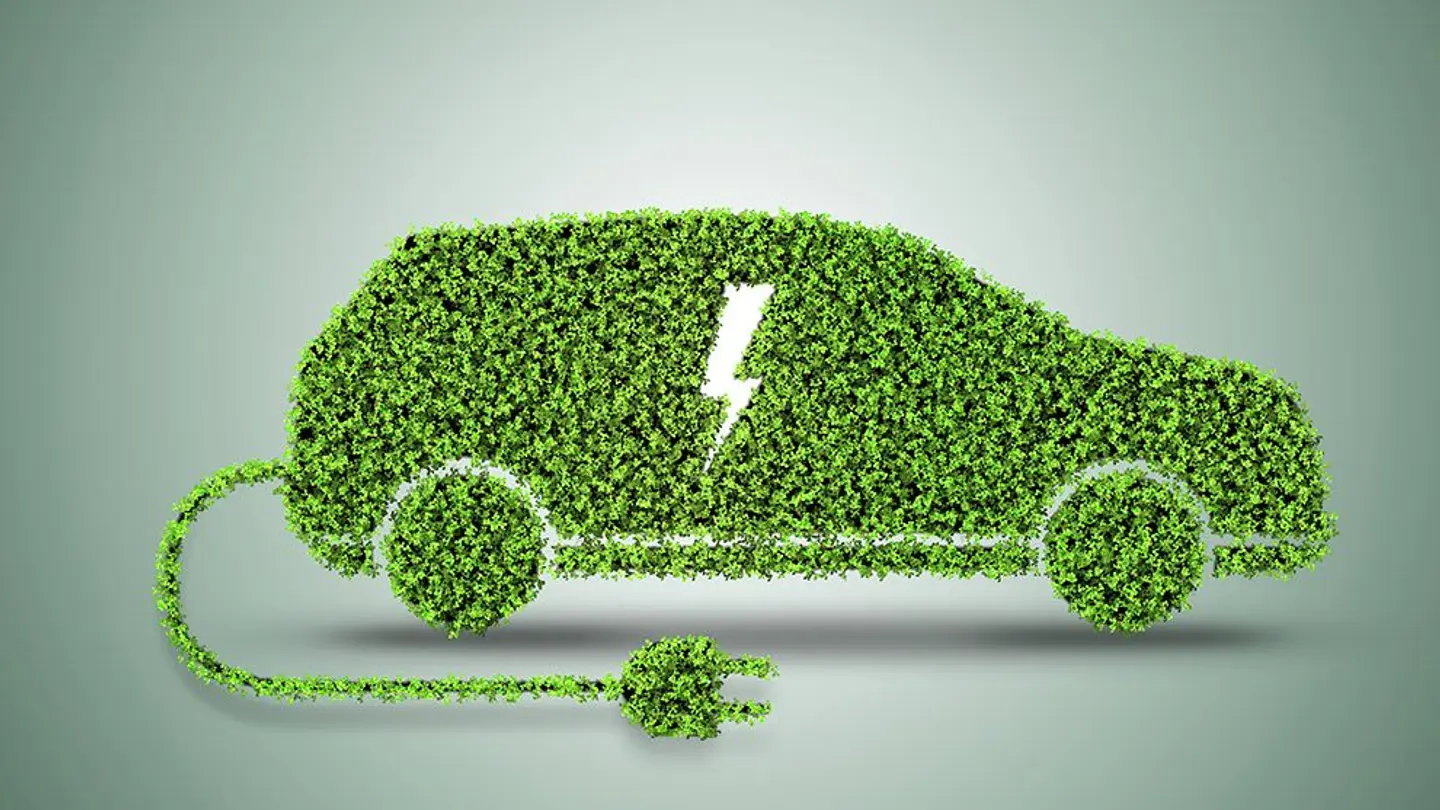Electric vehicles have revolutionized the automotive industry in recent years. With their innovative technologies and environmentally friendly nature, these vehicles are seen as the future of transportation. One of the most frequently asked questions about electric cars is whether they can charge themselves. In this article, we will answer the question, “Do electric cars charge themselves?” and provide information about regenerative braking systems and induction charging.
The Development and Advantages of Electric Vehicles
Electric vehicles offer many advantages over traditional vehicles that run on fossil fuels. Firstly, they are environmentally friendly and significantly reduce carbon emissions. Additionally, electric vehicles have higher energy efficiency and lower operating costs. However, one of the biggest obstacles to the widespread adoption of these vehicles is the underdeveloped charging infrastructure.
Do Electric Vehicles Charge While Driving?

The idea of electric vehicles charging while driving is a dream for many drivers. One of the key technologies used to achieve this dream is the regenerative braking system. Regenerative braking converts the kinetic energy released during braking into electrical energy, which is then fed back into the battery. This way, the vehicle can partially charge itself during stop-and-go driving.
How Does the Regenerative Braking System Work?
Regenerative braking is a system that converts the kinetic energy of electric vehicles into electrical energy. When the vehicle brakes, the energy released by the rotating wheels is converted into electrical energy through a generator, and this energy is stored in the battery. This method works effectively, especially in city traffic with frequent stops and starts, and extends the battery life.
Induction Charging: The Technology of the Future
Another innovative method for charging electric vehicles while in motion is induction charging. Induction charging works through charging coils placed on the ground and receiver pads integrated under the vehicle. This system is based on the principle of electromagnetic induction, and the battery is charged as the vehicle passes over the charging coils.
Is It Possible to Charge Vehicles While Moving?
Charging vehicles while in motion is a revolutionary development in the automotive sector. With this technology, drivers can charge their vehicles without having to wait at charging stations. Induction charging is one of the most significant developments in this field and is expected to be widely used in the future.
Advantages of Induction Charging System
The induction charging system offers many advantages to drivers. Firstly, this system eliminates the need for cable connections to charge vehicles. This removes the safety risks associated with cable connections. Additionally, the induction charging system eliminates the need for drivers to get out of the vehicle to plug and unplug the charging cable, saving time and energy.
“For more content like ‘Do Electric Cars Charge Themselves?’ you can check out our general category.
The Potential for Self-Charging Electric Vehicles in the Future


In the future, the potential for electric vehicles to charge themselves will increase with technological advancements. With smart city projects and the widespread adoption of electric vehicles, innovative technologies like the induction charging system will further develop. This will make charging electric vehicles easier and faster.
Smart Cities and Induction Charging
Smart city projects are one of the most important factors increasing the potential for electric car models to charge themselves. In smart cities, vehicles can be wirelessly charged while moving through induction charging coils placed under the roads. This technology provides great convenience in urban traffic and encourages the use of electric vehicles.
The Future of Electric Vehicles
The future of electric cars depends on the development of charging infrastructure. Innovative technologies like the induction charging system and regenerative braking will make the use of electric car models more practical and accessible. Additionally, these technologies will extend the battery life of electric vehicles and increase energy efficiency.
The potential for self-charging electric vehicle models is made possible by innovative technologies such as regenerative braking and the induction charging system. These technologies increase the energy efficiency of electric cars while offering great convenience to drivers. In the future, with smart city projects and technological advancements, the ability of electric vehicles to charge themselves will become more widespread, leading to revolutionary changes in transportation.
You may be interested in;
What is the Control System and Unit in Electric Vehicles?
What Are the Features of Hybrid Vehicles?
Types of Electric Vehicle Charging Sockets and Modes

